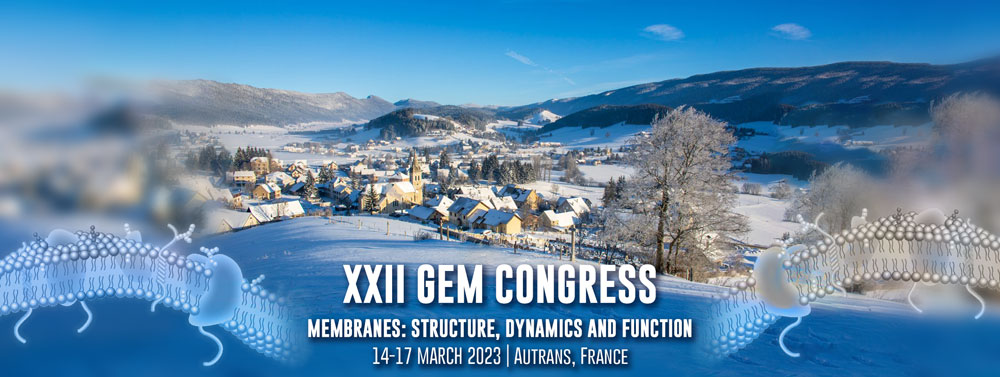The role of the lipid environment within a biomembrane is of fundamental interest to understand intercellular and cell-cell interaction. The lipid molecules define not only the cell structure and geometry but also influence the functionality and self-assembly of membrane proteins and channels.[1,2] Dynamic switching behaviour of the membrane associated proteins and channels regulates the...
Breakthroughs in O-glycobiology have gone hand in hand with the development of new technologies, such as advancements in mass spectrometry and the facilitation of genetic engineering in mammalian cell lines. High-throughput glycoproteomics has enabled us to draw a comprehensive map of O-glycosylation, and mining this information has supported the discovery of functions related to site-specific...
The plasma membrane is a complex assembly of proteins and lipids that can self-assemble in transitory submicroscopic domains, commonly termed “rafts”. These dynamic structures are implicated in membrane signaling and trafficking. Artificial membranes composed of certain lipids mixed with cholesterol spontaneously phase-separate in liquid-ordered (lo) and liquid-disordered (ld) domains, which...

